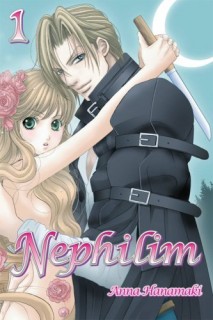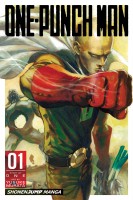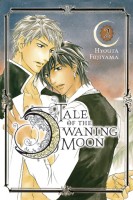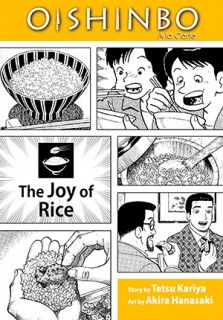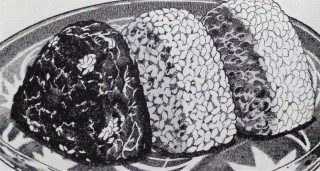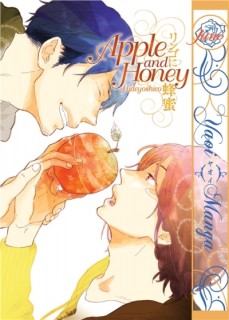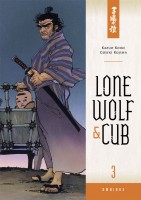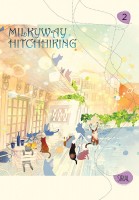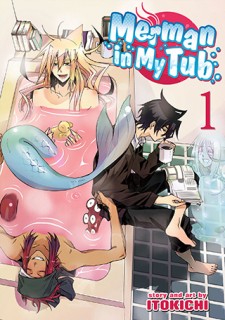 And the winner of the Merman in My Tub giveaway is… Haley!
And the winner of the Merman in My Tub giveaway is… Haley!
As the winner, Haley will be receiving Itokichi’s Merman in My Tub, Volume 1 as released in English by Seven Seas. Over the last few years, Seven Seas has impressed me with its ever-expanding catalog. In fact, the publisher as a whole was my pick of the year, and I counted some of Seven Sea’s more atypical licenses among my favorites of 2015. For this giveaway, I asked that participants tell me a little about their own favorite manga from 2015. Be sure to check out the giveaway comments for all of the details!
Some favorite manga released in English in 2015:
The Ancient Magus’ Bride by Kore Yamazaki
Assassination Classroom by Yusei Matsui
Attack on Titan by Hajime Isayama
Attack on Titan: Before the Fall written by Ryo Suzukaze, illustrated by Satoshi Shiki
Case Closed by Gosho Aoyama
The Demon Prince of Momochi House by Aya Shouoto
Emma by Kaoru Mori
Even so, I Will Love You Tenderly by Kou Yoneda
Fragments of Horror by Junji Ito
Haven’t you heard? I’m Sakamoto by Nami Sano
Henshin by Ken Niimura
The Heroic Legend of Arslan by Hiromu Arakawa
Idol Dreams by Arina Tanemura
JoJo’s Bizarre Adventure by Hirohiko Araki
Junji Ito’s Cat Diary: Yon & Mu by Junji Ito
Livingstone written by Tomohiro Maekawa, illustrated by Jinsei Kataoka
Love Stage!! by Eiki Eiki and Taishi Zaou
Master Keaton by Hokusei Katsushika, Takashi Nagasaki, illustrated by Naoki Urasawa
Monthly Girls’ Nozaki-kun by Izumi Tsubaki
My Hero Academia by Kohei Horikoshi
Naruto by Masashi Kishimoto
Noragami by Adachitoka
Of the Red, the Light, and the Ayakashi written by by HaccaWorks*, illustrated by Nanao
Requiem of the Rose King by Aya Kanno
Seraph of the End: Vampire Reign written by Takaya Kagami, illustrated by Yamato Yamamoto
A Silent Voice by Yoshitoki Oima
So Cute It Hurts!! by Go Ikeyamada
Your Lie in April by Naoshi Arakawa
Yamada-kun and the Seven Witches by Miki Yoshikawa
Yowamushi Pedal by Wataru Watanabe
Yukarism by Chika Shiomi
Thank you to everyone who shared your manga favorites from 2015 with me! There are a few manga on the list above that I actually haven’t read yet, but I’m definitely looking forward to giving them a try. Here’s to a great 2016!

